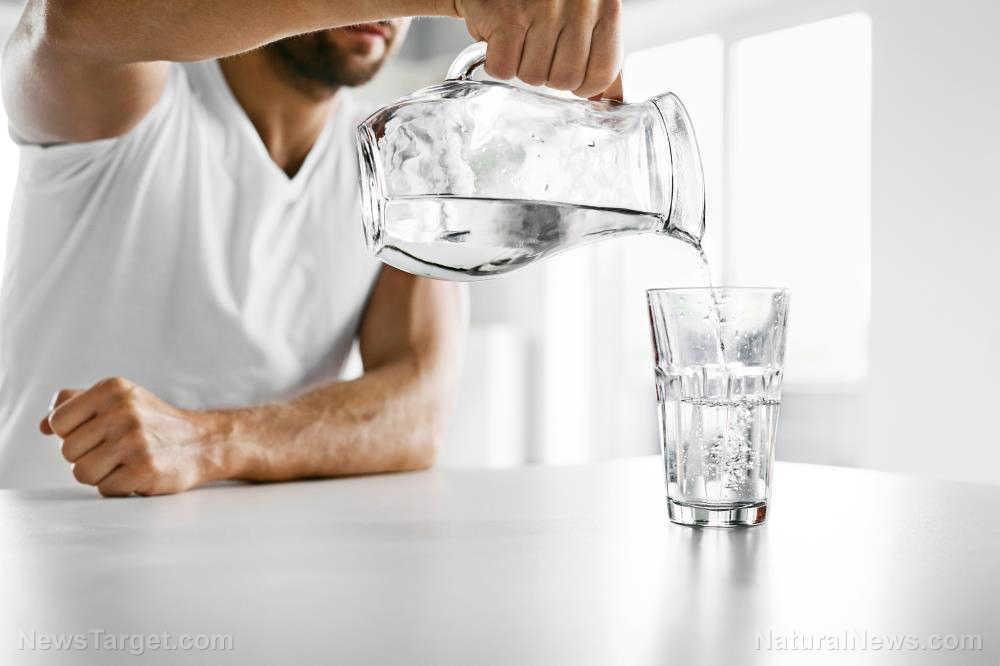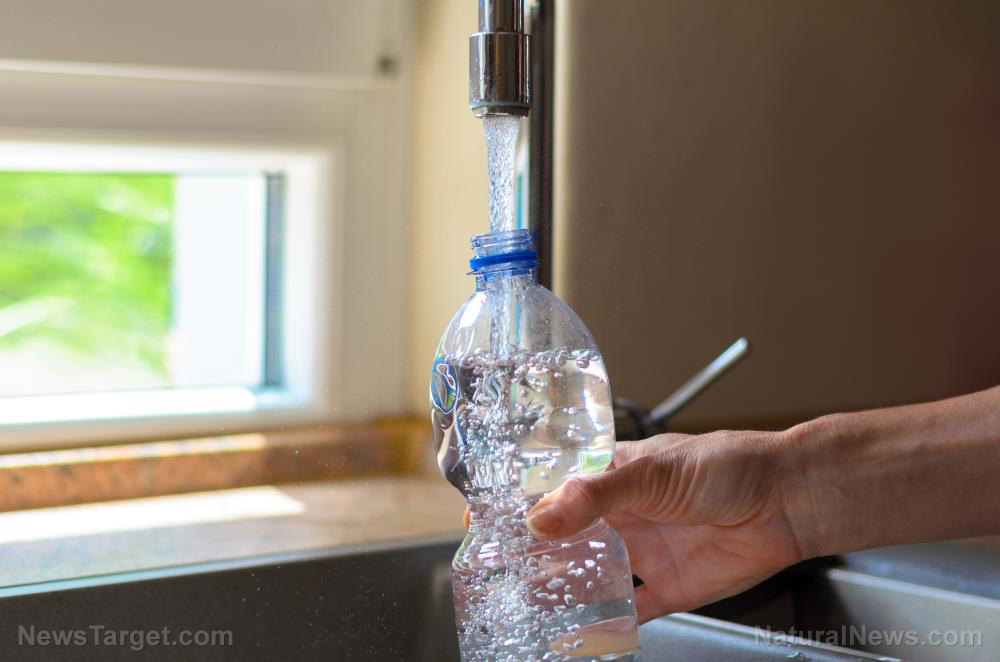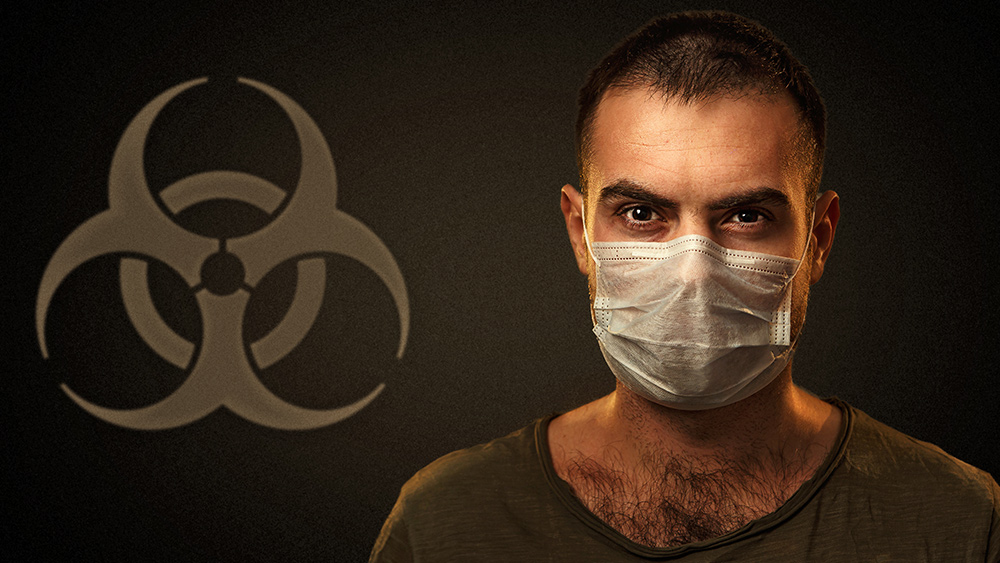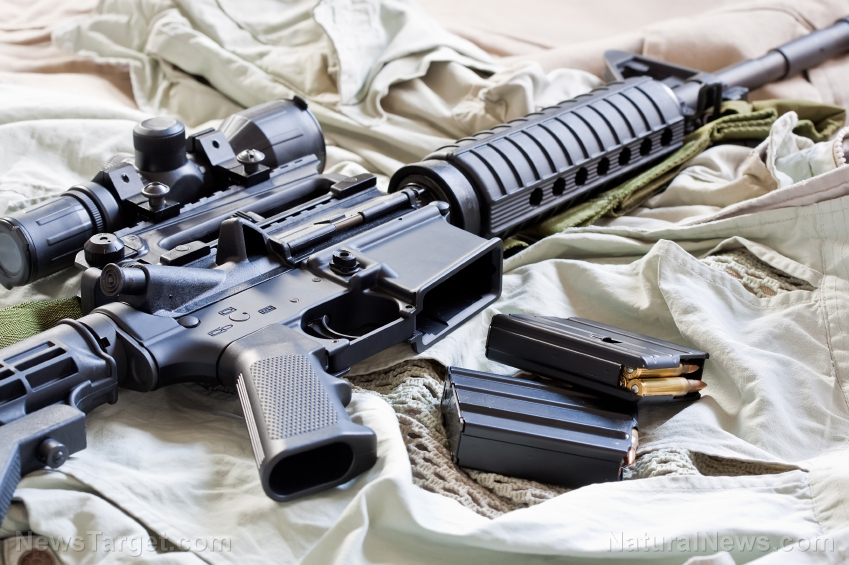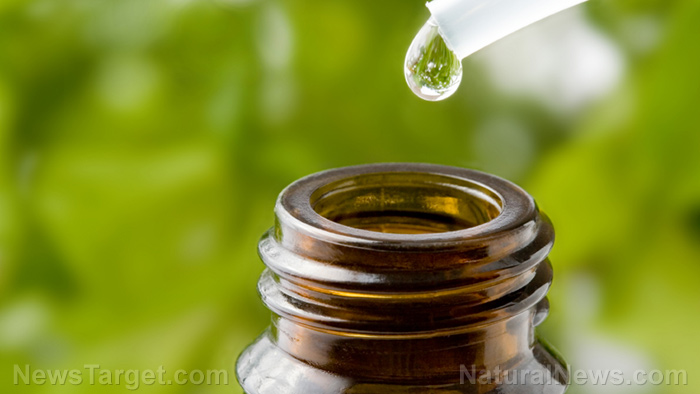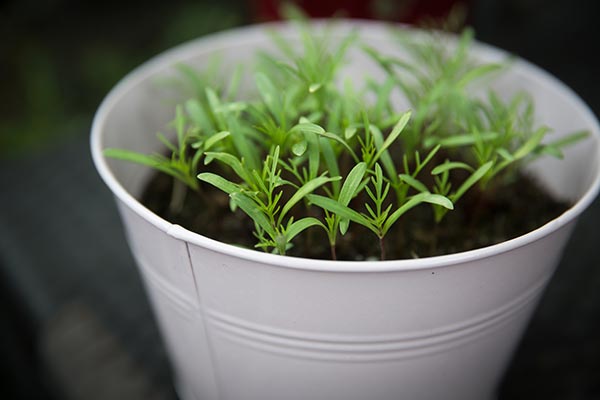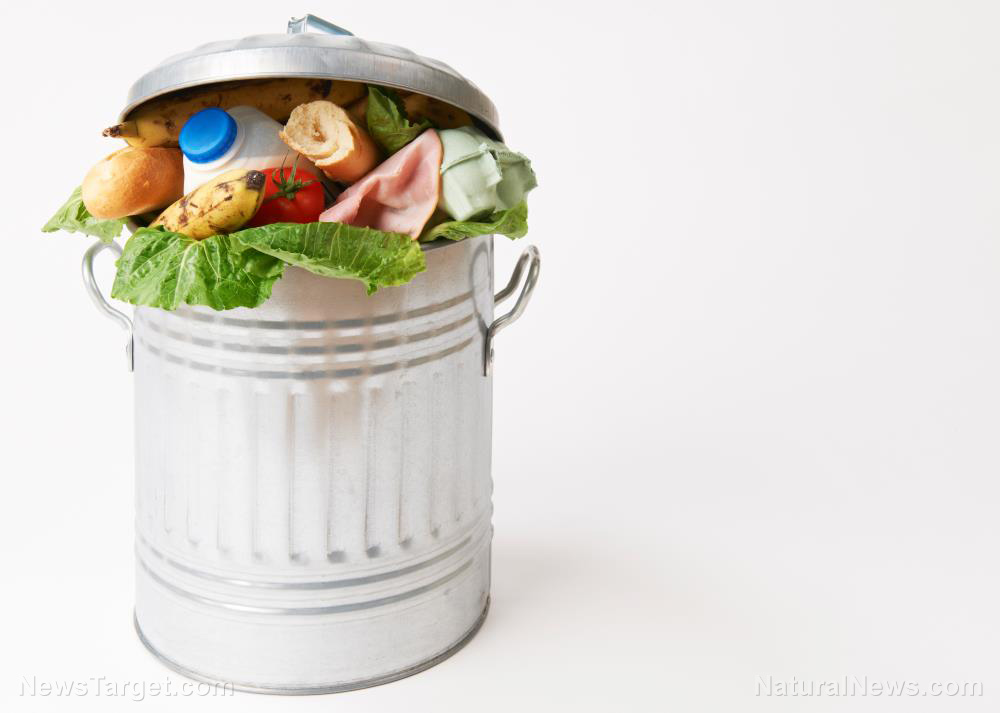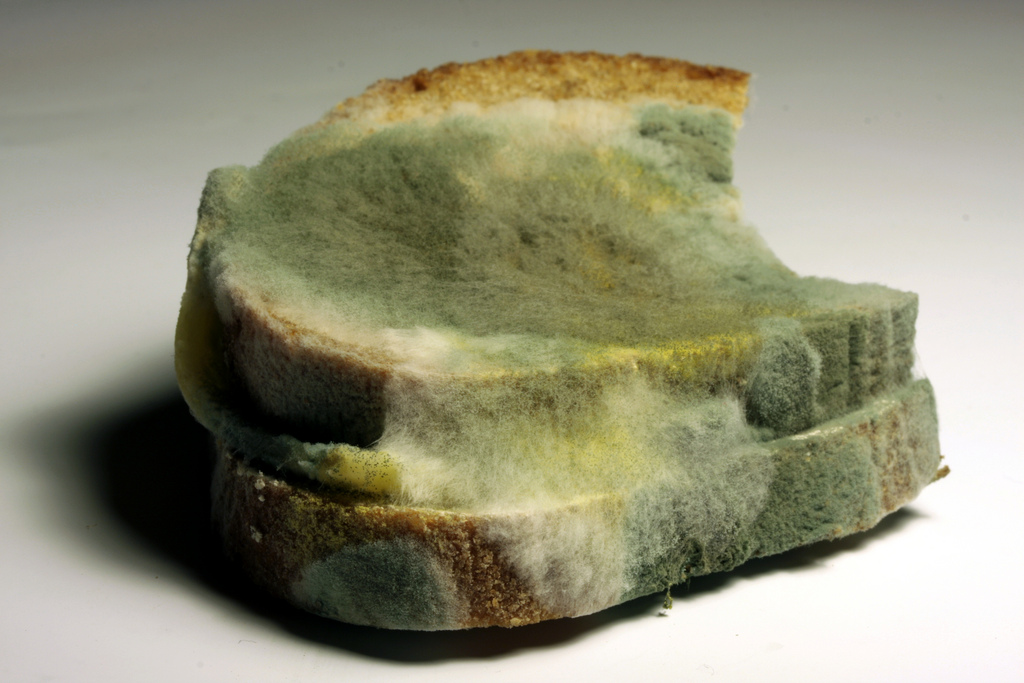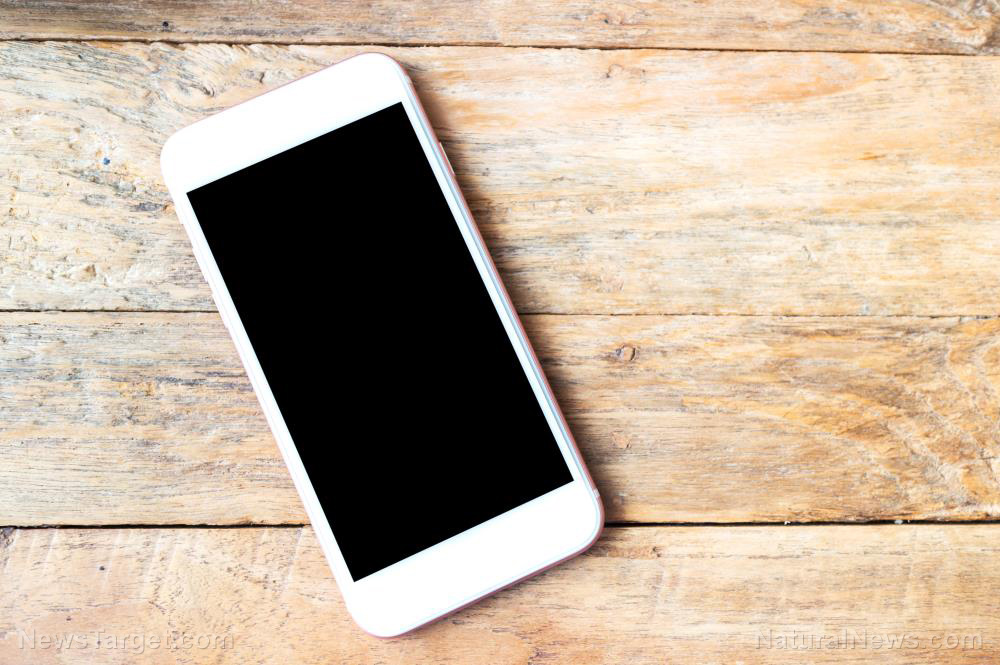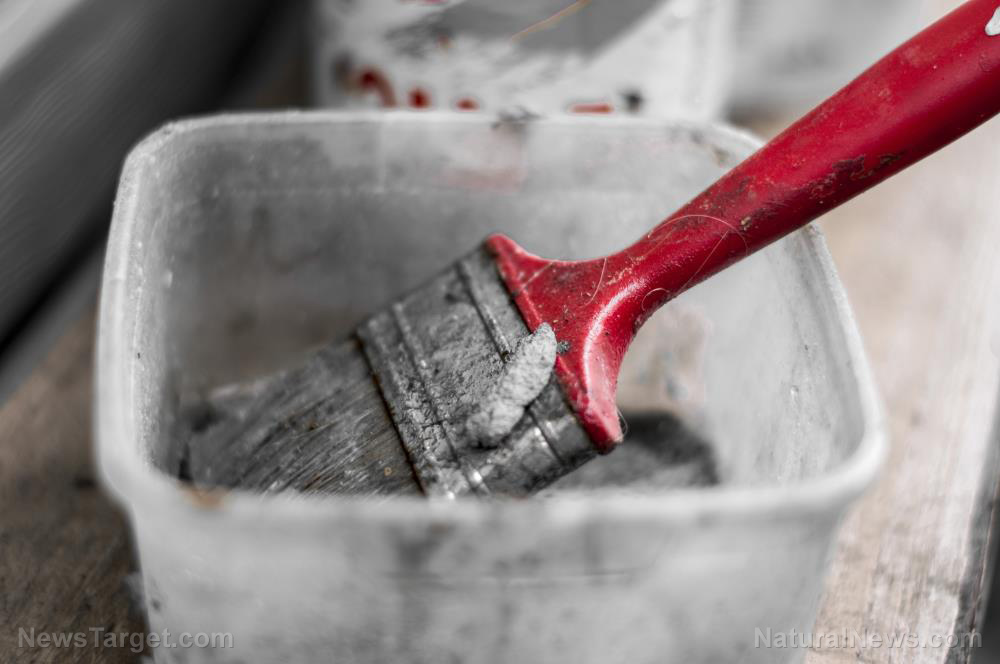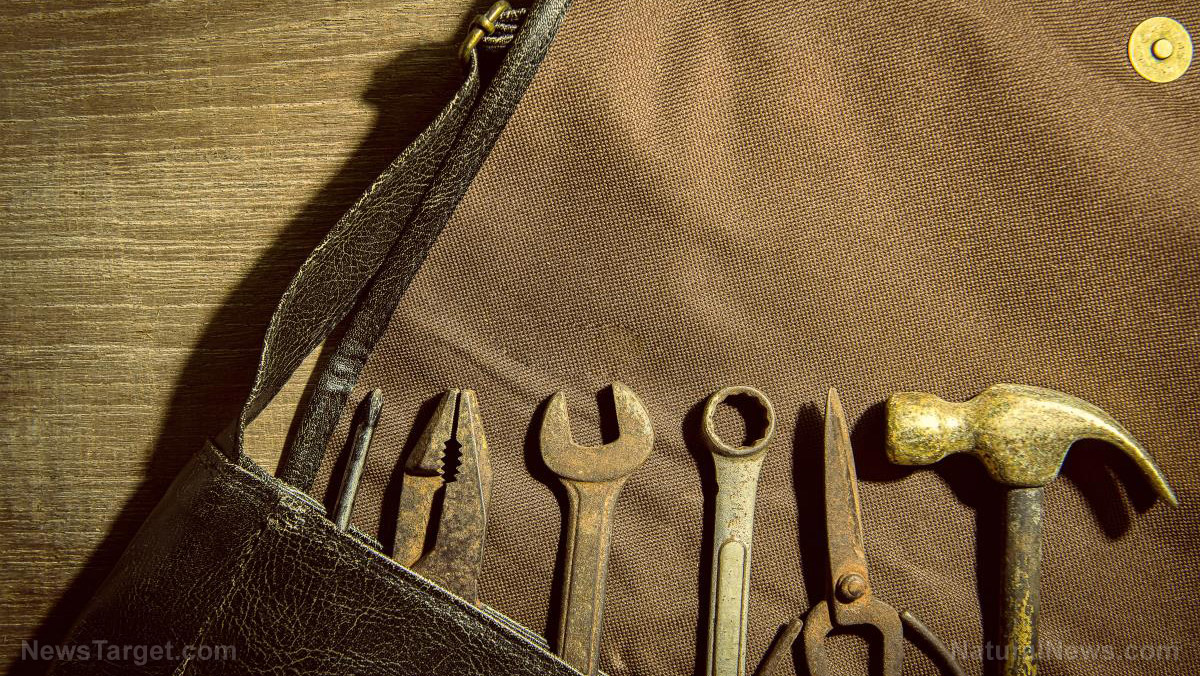How long do you have to boil water for it to be drinkable?
02/14/2020 / By Michael Alexander

In an SHTF situation, knowing even the littlest of facts can spell the difference between life and death. Or in a normal day, the difference between comfort and the constant need to go to the bathroom. (h/t to DoomAndBloom.net)
Take water, for example.
Despite its abundance in our surroundings, not every drop of water you find is safe to drink – after all, you wouldn’t dare drink out of a stream in the middle of nowhere without checking if the water is potable, right?
This is mainly because of the presence of pathogens or disease-causing microbes in water, such as protozoa, bacteria and viruses. These pathogens, when ingested, can wreak havoc internally and cause infections and diseases. And in an SHTF situation, it can compound already serious problems connected to one’s survival. (Related: Staying hydrated when SHTF: 4 Ways to filter water.)
It’s a good thing that there are many ways to disinfect water and make it potable during emergencies, such as:
- Adding a few drops of pure bleach to a gallon of water.
- Adding iodine tincture to drinking water.
- Using direct sunlight to sterilize drinking water in clear glass containers.
The Centers for Disease Prevention and Control (CDC) however, recommends boiling as the best method for purifying water.
Not only is this method efficient – the CDC states that boiling water eliminates up to 100 percent of all disease-causing pathogens – it’s also practical. According to the CDC, when you see the water come to a rolling boil, that’s a sign that you’ve already passed the temperatures that can kill just about every pathogen that may be lurking in your water supply.
And boiling water doesn’t have to take that long. According to the CDC, bringing water to a roiling boil for one minute at sea level has “high effectiveness” in killing disease-causing pathogens, such as the protozoans giardia and cryptosporidium; bacteria like E. coli, Salmonella, Shigella; and viruses such as enterovirus, hepatitis A and norovirus.
It should be noted however, according to the National Institute of Health, that some viruses such as poliovirus, are quite resistant to heat and may, in fact, require longer times at sub-boiling temperatures.
Another thing to take note of is that altitude – or your location relative to sea level – affects boiling time.
At sea level, water normally boils at 100 C (212 F). However, for every 500-foot or 150-meter increase in elevation, water’s boiling point is lowered by approximately 0.5 C. This means that at 8,000 feet (2,400 m) in elevation, water boils at just 92 C (198 F) which isn’t quite enough to kill the noxious organisms in your water supply.
Simply put, as altitude increases and atmospheric pressure decreases, the boiling point of water also decreases. In order to circumvent this and address the lower boiling point of water, the boiling time must be increased. Another method that you can use to compensate for the increased elevation is to employ a pressure cooker.
Here are some tips on how to effectively boil water:
- Fill a pot with water.
- Heat the water until bubbles come from the bottom of the pot to the top.
- Let the water come to a rolling boil for 1 minute.
- Turn off your heat source and let the water cool.
- Pour the water into a clean container with a cover and store in a cool, dry, place away from odorous items.
Want more water purification tips and tricks? Head over to WaterPurifiers.news.
Sources include:
Tagged Under: boiling water, bug in, bug out, clean water, drinking water, off grid, preparedness, prepping, SHTF, survival, water
RECENT NEWS & ARTICLES
COPYRIGHT © 2017 GEAR.NEWS
All content posted on this site is protected under Free Speech. Gear.news is not responsible for content written by contributing authors. The information on this site is provided for educational and entertainment purposes only. It is not intended as a substitute for professional advice of any kind. Gear.news assumes no responsibility for the use or misuse of this material. All trademarks, registered trademarks and service marks mentioned on this site are the property of their respective owners.

